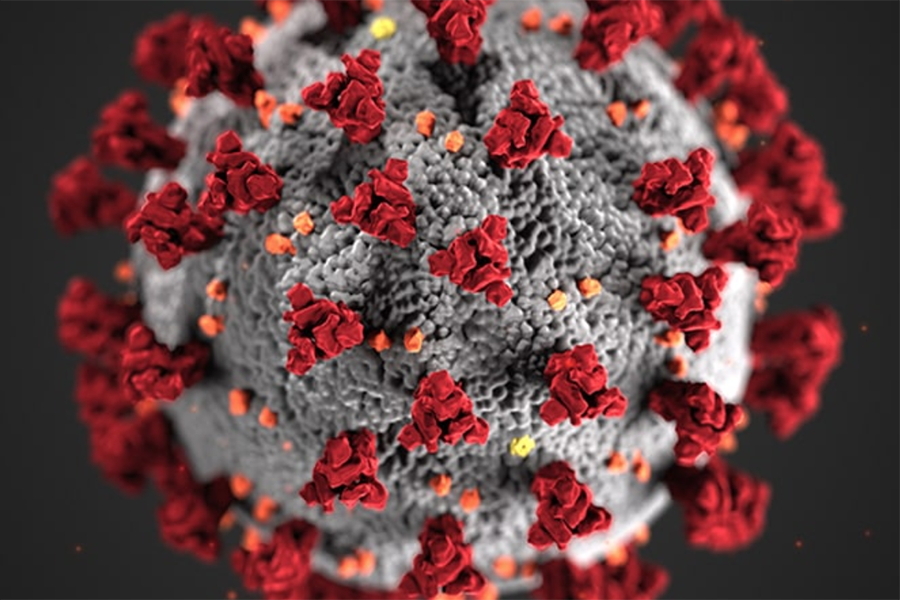
Assessing COVID-19 Countermeasures
The novel coronavirus (known to cause a respiratory disease known as COVID-19) has spread fast and broad and has since been devastating the entire world population. The World Health Organization has identified the spread of COVID-19 as a pandemic and millions of individuals have been infected with hundreds of thousands dying of the disease. In addition, the spread of the virus and the countermeasures taken against it have severely impacted the economy. In summary, the spread of COVID-19 has been one of the most devastating events that affect the health and well-being of humans all around the world.
A key scientific goal concerning COVID-19 is to develop mathematical models that help understand and predict its spreading behavior, as well as to provide guidelines on what can be done to limit its spread. With tight restrictions already in place in most jurisdictions, an important question is the order and time in which these restrictions can be safely eliminated.
In a project funded by the Army Research Office, Osman Yağan, associate research professor in Carnegie Mellon’s Department of Electrical and Computer Engineering and the principal investigator of the project, and Princeton University’s Vincent Poor, aim to help answer these questions by augmenting the existing models of epidemic spread by leveraging the mathematical theory developed in their recent work.
The team studied a class of spreading processes under a multiple-strain model with mutations; i.e., a mutation may take place at each host leading to a different strain of the virus/information with different transmissibility from the originally acquired strain.
“This work bridges the disconnect between how spreading processes propagate and evolve in real life and the current mathematical and simulation models that ignore evolutionary adaptations,” said Yağan.
The results are shown to accurately predict the epidemic threshold, expected epidemic size, and the expected fraction of individuals infected by each strain in this model. The key finding is that classical epidemic models that do not consider the evolution of the strain lead to incorrect predictions on the spreading dynamics when mutation is present.
This project aims to leverage the team’s recent findings to help better understand the future spreading behavior of COVID-19, help assess the effectiveness of various countermeasures taken by the authorities to slow down the spread of the virus under different scenarios, and help assess the potential outcomes of removing the restrictions. At the core of the approach is to harness the findings and expertise from information sciences to help improve the current mathematical and simulation models of epidemics that do not capture evolution. The team believes these results will thus have a broad impact in the current health crises as well as the future ones.
“Understanding the complexities that emerge from evolving systems is critical for finding viable paths to managing epidemics,” said Dr. Edward Palazzolo, program manager for the ARO’s social and cognitive networks program. “Dr. Yağan’s work shows great potential for understanding key components to such complex systems –namely, an understanding that mutations are an inherent part of the process and, as such, must be included in network modeling.”
ARO is an element of the U.S. Army Combat Capabilities Development Command’s Army Research Laboratory.